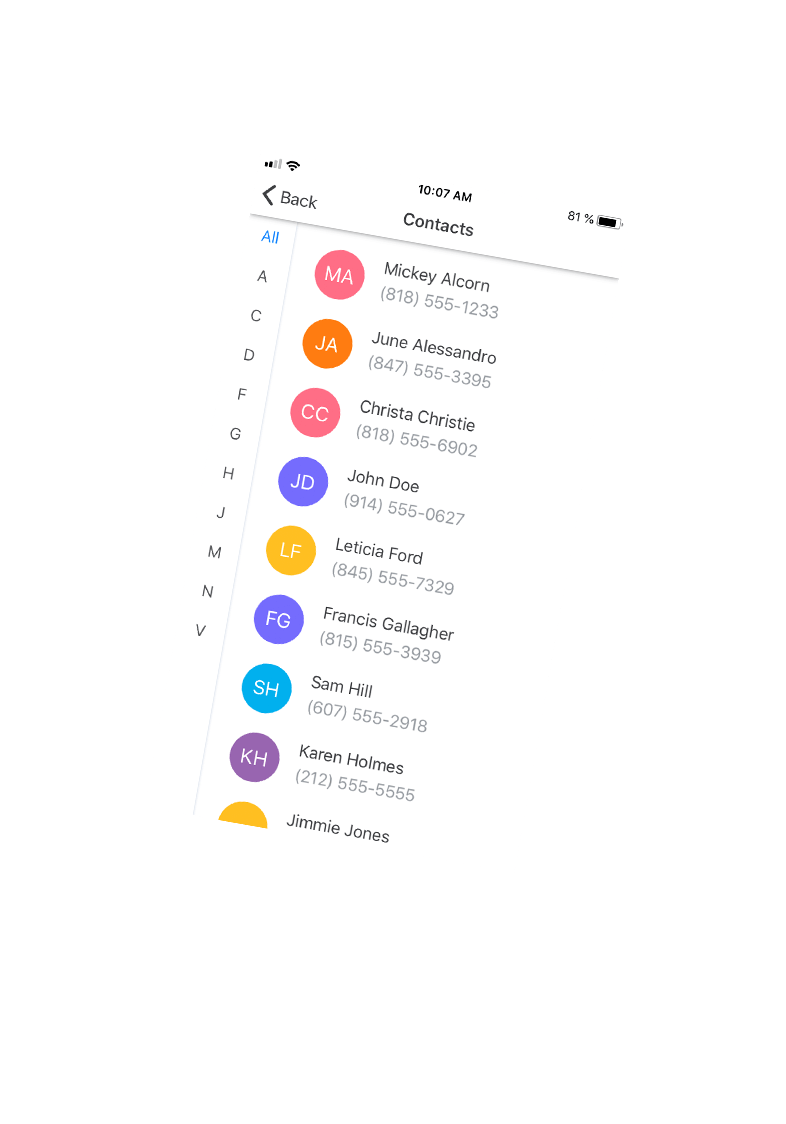
These collections define the row and column characteristics of a Grid, and should contain one RowDefinition object for each row in the Grid, and one ColumnDefinition object for each column in the Grid. The layout behavior of a Grid can be defined with the RowDefinitions and ColumnDefinitions properties, which are collections of RowDefinition and ColumnDefinition objects, respectively. In this example, the Grid contains a single child Label that's automatically positioned in a single location: Rows and columnsīy default, a Grid contains one row and one column: These properties are backed by BindableProperty objects, which means that the properties can be targets of data bindings and styled. A validation callback ensures that when the property is set, its value is greater than or equal to 1. RowSpan, of type int, which is an attached property that indicates the total number of rows that a view spans within a parent Grid.RowSpacing, of type double, indicates the distance between grid rows.RowDefinitions, of type RowDefinitionCollection, is a list of RowDefinition objects that define the height of the grid rows.A validation callback ensures that when the property is set, its value is greater than or equal to 0.

Row, of type int, which is an attached property that indicates the row alignment of a view within a parent Grid.


In addition, a Grid can be used as a parent layout that contains other child layouts. By default, a Grid contains one row and one column. NET Multi-platform App UI (.NET MAUI) Grid, is a layout that organizes its children into rows and columns, which can have proportional or absolute sizes.


 0 kommentar(er)
0 kommentar(er)
